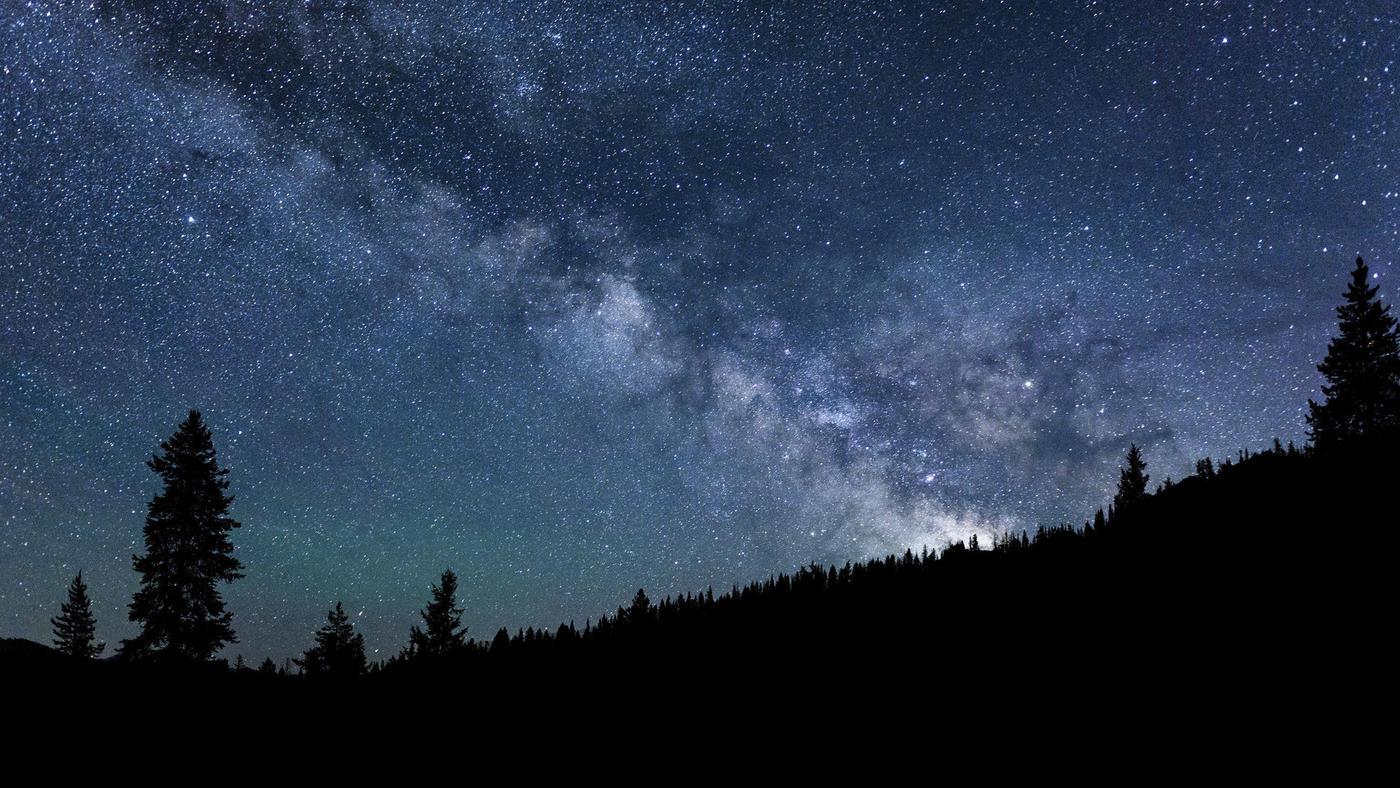
29 Jun Chunk of Idaho with ‘dazzling’ star scenes becomes nation’s first International Dark Sky Reserve- Nils Ribi Photo
A giant chunk of central Idaho with a dazzling night sky has become the nation’s first International Dark Sky Reserve.
The International Dark-Sky Association late Monday designated the 1,400-square-mile (3,600-square-kilometer) Central Idaho Dark Sky Reserve. The sparsely populated area’s night skies are so pristine that interstellar dust clouds are visible in the Milky Way.
“That such truly dark nighttime environments still exist in the United States is remarkable,” said J. Scott Feierabend, executive director of the Tucson, Arizona,-based association, calling the designation a milestone for the group.
Researchers say 80 percent of North Americans live in areas where light pollution blots out the night sky.
The central Idaho reserve covers some of the most remote and rugged areas in the state and is mostly land managed by the U.S. Forest Service. It contains wilderness areas and the Sawtooth National Recreation Area.
“The Reserve’s chief draw is its wilderness quality, with its lack of development and significant visitor services,” the association said on its website.
The Forest Service has supported the designation as part of its mandate to preserve natural and scenic qualities. It has reduced light pollution from its buildings, but said mitigation by others in the recreation area would be voluntary.
Opposition to dark sky measures elsewhere in the U.S. has come from the outdoor advertising industry and those against additional government regulations.
Supporters say excess artificial light causes sleeping problems for people and disrupts nocturnal wildlife and that a dark sky can solve those problems, boost home values and draw tourists.
“Sun Valley is excited about this prestigious designation and I believe this is something that will benefit residents and visitors alike,” said Sun Valley Mayor Peter Hendricks.
Sun Valley, a resort destination that also has some of Idaho’s highest home values, is within the reserve as is neighboring Ketchum. Both towns have worked to limit nighttime lighting.
In November, the International Dark-Sky Association named Ketchum an International Dark Sky Community, only the 16th in the world. Earlier this year, the association named Craters of the Moon National Monument and Preserve in south-central Idaho an International Dark Sky Park, one of about 40 in the United States.
But getting the rarest prize of all with the reserve, officials said, took several decades of work and included efforts from communities on the edges of the reserve to reduce nighttime lighting. The association looks at what surrounding communities are doing to protect the dark core area of a proposed reserve.
Volunteers also fanned out across the region to take light readings at night, and the Idaho Conservation League, an environmental group, supported the designation aiming to limit light pollution.
Stanley, a tiny mountain town in the Sawtooth recreation area on the northern side of the reserve, runs mostly on tourism money and has supported the reserve with voluntary measures to limit outdoor lighting.
“Visitors can come here and experience the primeval wonder of the starry night sky,” Mayor Steve Botti said.

